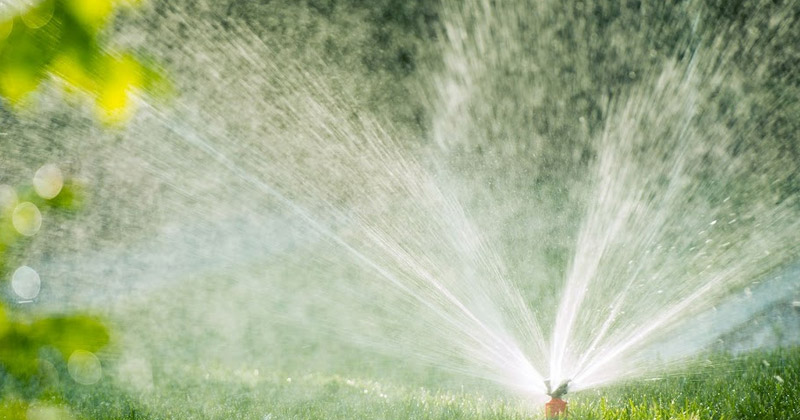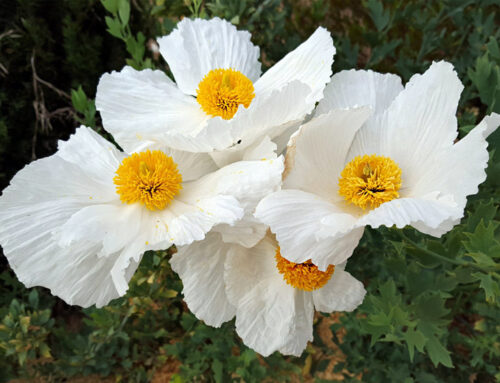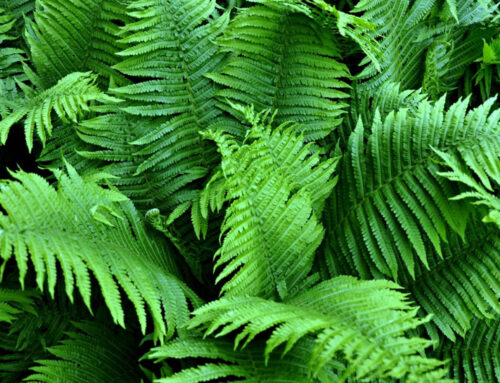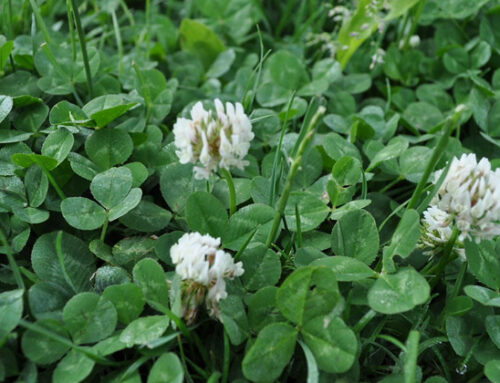Keeping your lawn watered is vital for ensuring it stays lush and healthy throughout the year. But in hot weather, you may wonder when it’s best to water your lawn. It’s not uncommon to hear horror stories of watering your lawn during the wrong part of the day and having water droplets end up scorching the blades of grass.
Best Time To Water
During the middle of summer when the temps are highest, you want to water your grass when the temperatures for the day are at their lowest. That makes the early morning the best time to water your lawn. This will reduce the amount of evaporation that happens and will prevent the blades of grass from being burned by the sun’s rays refracting through the water droplets.
While early mornings might not be your favorite time to be outside watering the lawn, it’s the absolute best option for your grass. Watering in the afternoon can be counter-productive for a variety of reasons including faster evaporation, scorching or burning of blades of grass, and excess energy needed for grass to collect the water into their stomata.
Watering At Night
Watering in the evening might seem like an appealing option for people that are not fond of mornings, but it can have detrimental effects on your lawn. Water allowed to collect into the soil during the night won’t evaporate properly at night and could potentially create a breeding ground for fungus. This fungus can end up causing brown spots or killing your entire lawn.
Watering at night can also increase the chances of stagnant water pooling in low lying areas of the yard. This can bring a whole range of other issues including creating insect breeding grounds. If you want your lawn to look its best in every way, try not to water in the evening and instead opt for early morning watering.
How Much Should You Water?
It’s generally recommended to water your lawn thoroughly two to three times a week. You want the water to permeate the soil to a depth of 2 to 3 inches. Some sources may recommend a deep soaking of up to 8 inches, but this can create a shallow root system especially with newly placed sod.
Instead of frequent deep soaks several times per week, reduce the frequency of these deep soaks to once or twice a week. If you choose to water less and only soak 2 to 3 inches of soil, you can water three or four times a week and still get the same results.
Different soil types can also have an effect on how much you will need to water. Clay soil will hold water and keep the root base moist, while sandy soil will evaporate quicker but will let the roots quickly absorb the water. Loamy soil can be difficult to water properly depending on the ambient humidity, but generally will keep water evenly distributed across the entire lawn.



